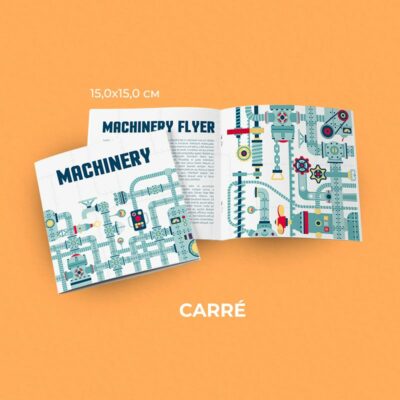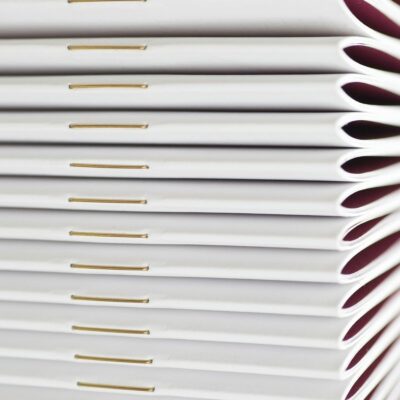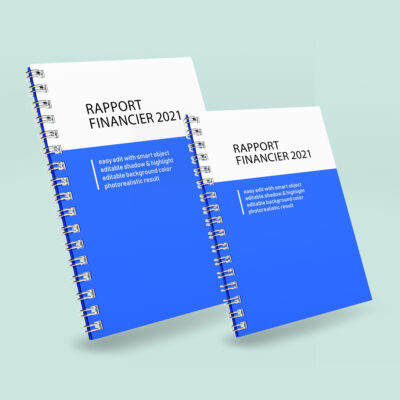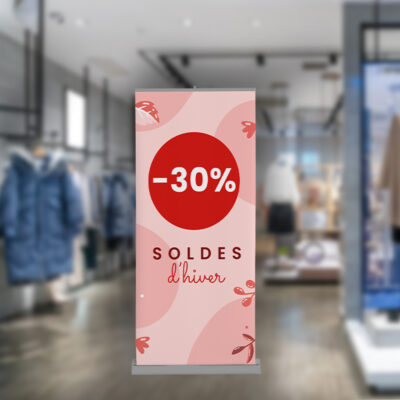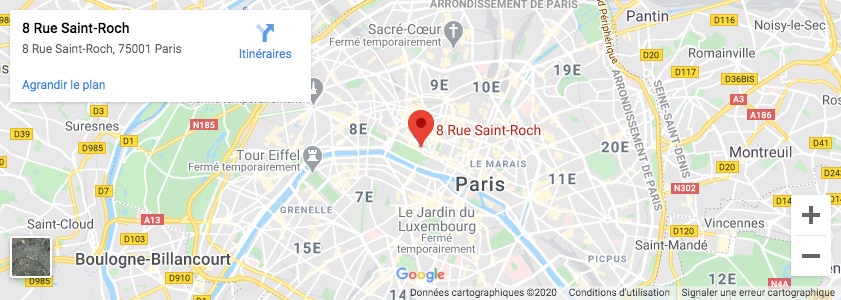- Call us 01 42 61 00 33
Monday to Friday 9:00 - 18:00 IMMEDIATE
CUSTOMISED QUOTERETRAIT EXPRESS
& LIVRAISON J+1-
-
- All
products - Cards
- Brochure
Files - Advertising
- Printing
- Office automation
- Adhesives
- Signage
- Themes
- Printing
Express in 4H
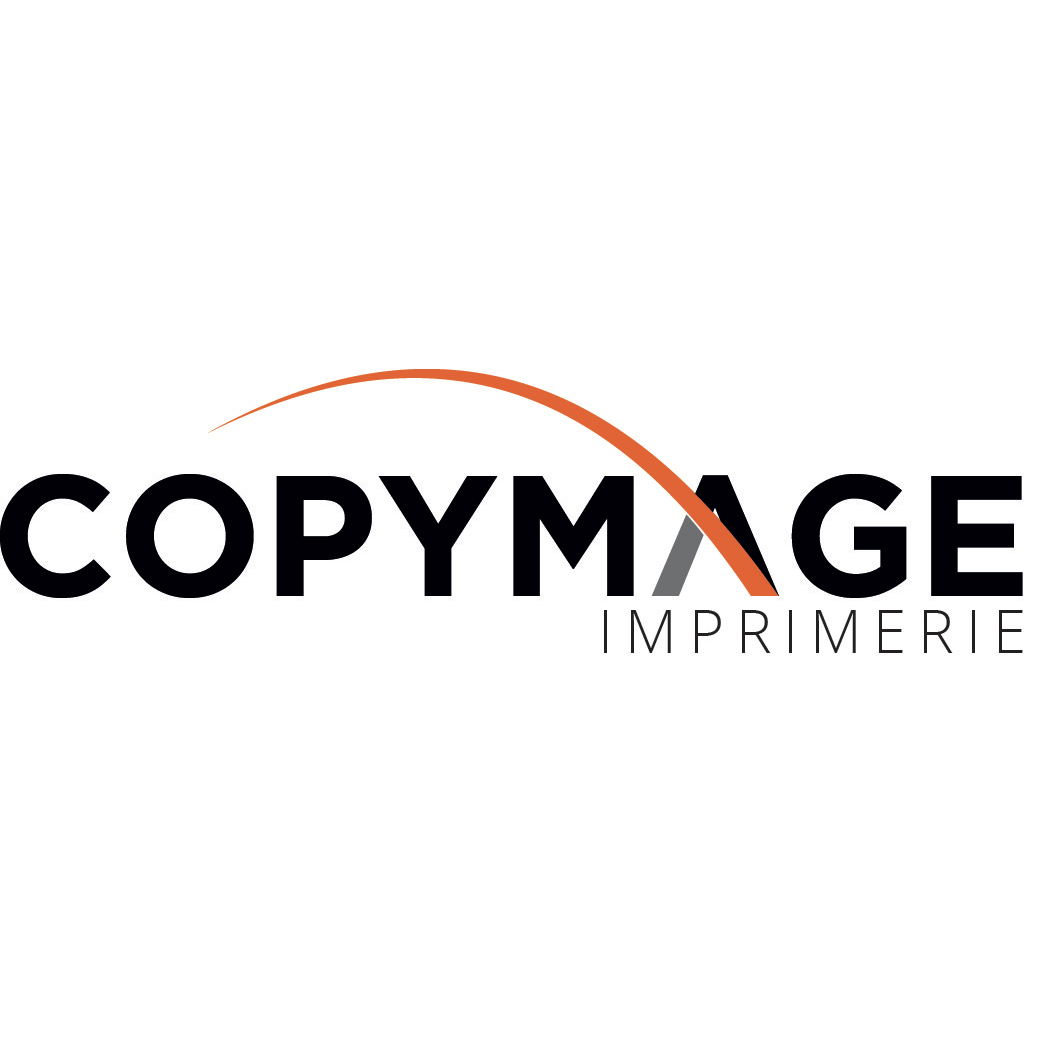
Tips & tricks from your printer
Understand the different print formats and their use
Designated by a letter (A, B, C) and followed by a number, the print formats allow the proportions of a sheet to be maintained even if it is folded on its longest side. Thus, when cutting, there is no loss.
It's important to know that you won't choose the same format for a poster, a business card or a brochure. From the classic A4 format to the large A0 format, here is a practical and useful guide to the different printing formats.
Definition of print format standards
The printing formats correspond to an international standard which allows, regardless of the country and the printer, to refer to the same document dimensions.
When it comes to printing, there is a wide choice of formats. While A-format prints are the most common (posters, flyers, etc.), there are others that are used for more specific purposes.
This is the case for print format B, which is generally used for book design, or format C, which is mainly used for the creation of envelopes (postal or correspondence).
Let's take a closer look at the specifics of each print format.
The paper print size A
The A series includes 10 subgroups ranging from the largest A0 format to the smallest A10 format. More concretely, the A format has a homothetic rectangular base, which means that the proportions are maintained even if the sheet is folded or cut lengthwise.
More technically, the ratio between length and width is the square root of two. Thus, the number after the letter A refers to the number of times the basic format (A0) has been divided in its length. The A2 print format is thus an A1 divided in two, while the A1 is an A0 divided in two and so on.
Once the printing formats are chosen and the proportions respected, it is easy to print documents and to shape them according to the needs, such as folding to create brochures, advertising posters, etc.
Print formats B and C
The B and C print formats are not very common, as they correspond to a rather specific use. B-format is used in the publishing industry in particular. As with the main format, the B format ranges from B0, the largest, to B10, the smallest. Note that B-format is slightly larger than an A-format sheet of paper.
Few people know this, but C-formats are used especially on fairly ordinary objects, such as envelopes. As with the other formats, they range from C0 (917 x 1297 mm) to C10 (28 x 40 mm).
It is important to know that there is a correspondence between C and A formats to ensure that an envelope of a certain format can contain a printed document of a certain A format. For example, a C5 envelope can contain an A5 sheet.
All print formats and their uses
Each print format is assigned to a particular use:
- A3 format (42 x 29.7 cm): posters, maps, leaflets
- A4 format (29.7 x 21 cm): advertising posters, menus, magazines, folders, sales brochures
- A5 format (21 x 14.8 cm): flyers, cards, booklets, brochures.
The A2 (59.4 x 42 cm), A1 (84.1 x 59.4 cm) and A0 (118.9 x 84.1 cm) formats are suitable for creating posters, canvases and any other advertising material that you wish to have printed in large format.
B-print paper is used for the design of books, brochures, passports:
- Format B0 (1000 x 1414 mm): books,
- B1 (707 x 1000 mm) and B2 (500 x 707 mm) formats: advertising posters.
As mentioned above, the complementary C format is used more for the design of postal envelopes or correspondence envelopes.
Focus on A3 print format
The A3 format is the most common of all, with dimensions of 29.7 cm x 42.0 cm. The format also has a rectangular shape that looks a bit like two standard A4 papers placed side by side.
This paper format is generally used for corporate documents, advertising posters, etc. It is also used to create presentation folders, particularly for architects, which include a lot of perspective images and plans.
It is worth remembering that for a canvas poster, an XXL poster, a Roll up XL print or a customised tarpaulin, it is better to opt for the A0, A1, A2 print formats which are recommended for large format printing.
How to choose the right printing format?
When you want to print a document, take the time to define your print size. As a reminder, this is the combination of the width and length of a standard sheet of paper.
As there are different formats available, you should have in mind the final look you want for your advertising material and especially its size. You will then only need to choose a specific format with specific dimensions.
As far as paper size is concerned, the most common is the one defined by the ISO 216 standard. As it is a so-called "multifunctional" paper, its main advantage is that it can be used on all types of printers, whether inkjet or laser.
It is then up to you to choose the most suitable paper weight and the desired personalisation (matt or glossy). You will also have to choose the surface of the paper, because even if it sounds rather banal, a paper with a smooth surface absorbs colours better and is preferred in digital printing. In any case, make sure that the paper size is fully adapted to your project.
If you are planning to print a sales brochure, for example, but don't know which format to choose, don't hesitate to ask us for advice. Our team will be able to guide you in the choice of the ideal printing format and advise you on the most suitable dimensions for your project.
Our rates
The best prices on the market
The quality
We are demanding and attentive to your satisfaction
Our deadlines
Tight deadlines thanks to our continuous production system
Imprim'vert label
We are careful about our footprint and waste management. We have obtained the Imprim'vert label.
Help & Advice
Our experts are here to help you.
HELP & ADVICE
Our experts are here to help you. Do not hesitate to contact them.
Adresse
8 rue Saint Roch 75001 Paris
Metro
Line 1 Tuileries
Line 14: Pyramides Line 14 : Pyramids
Bus
Lines: 21, 27, 68, 72, 81












